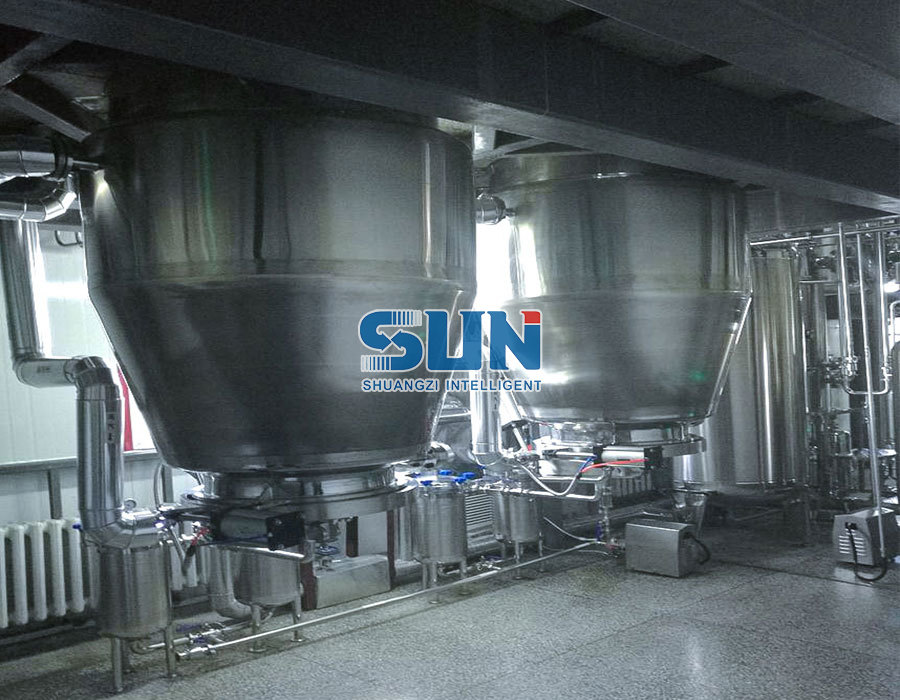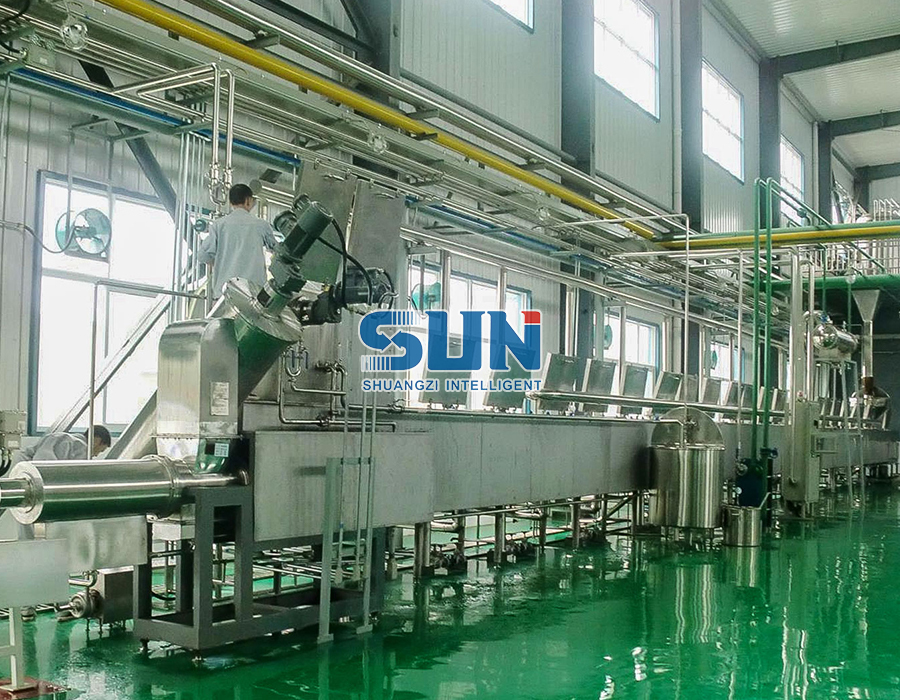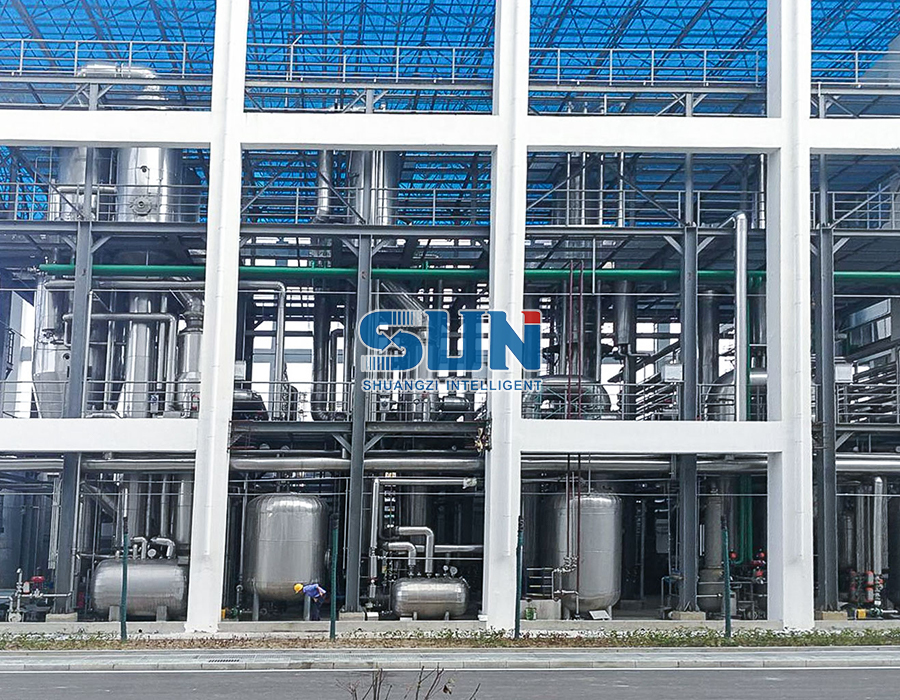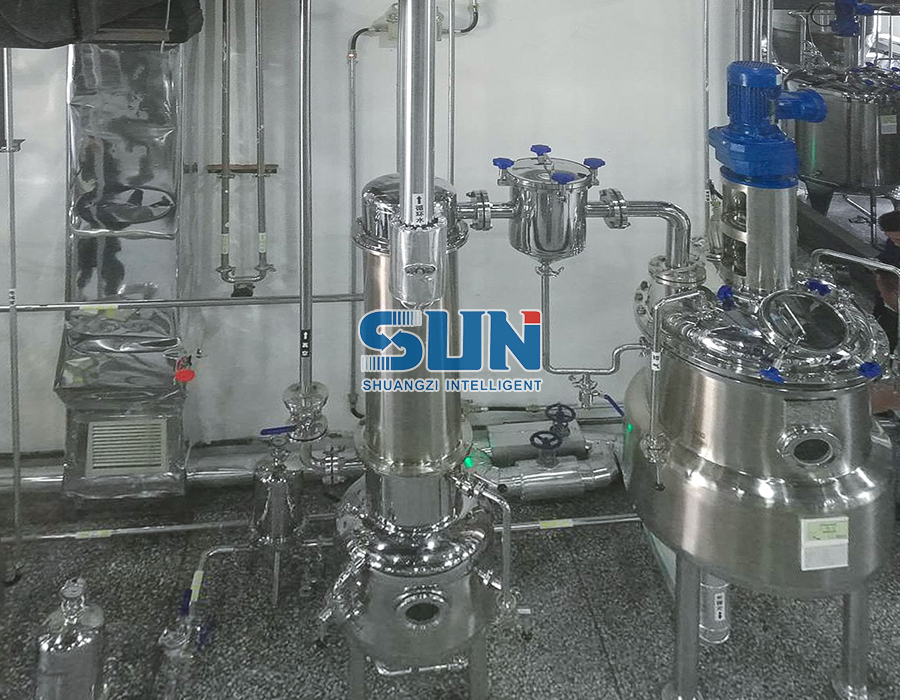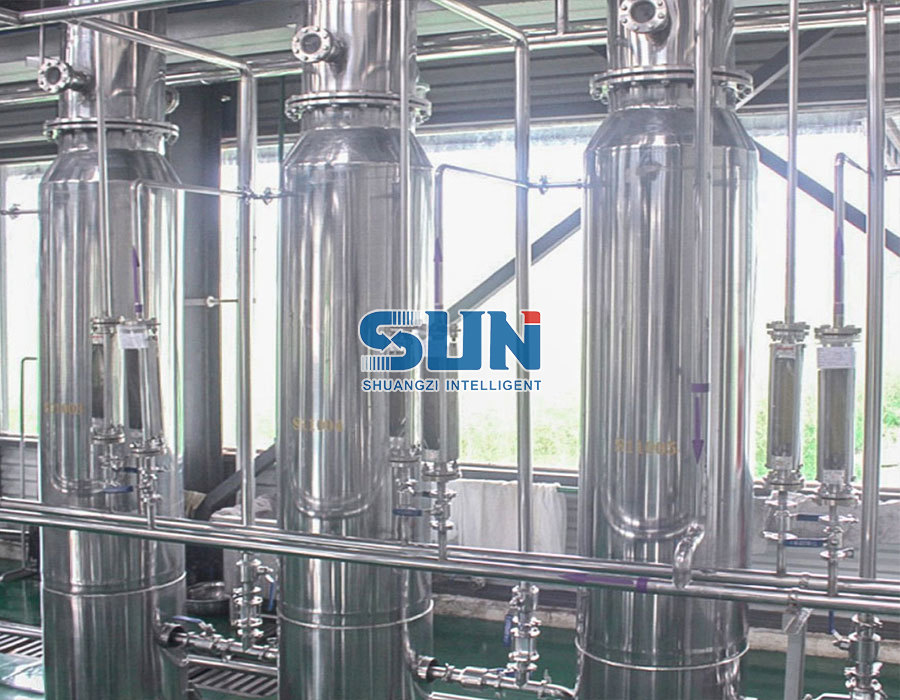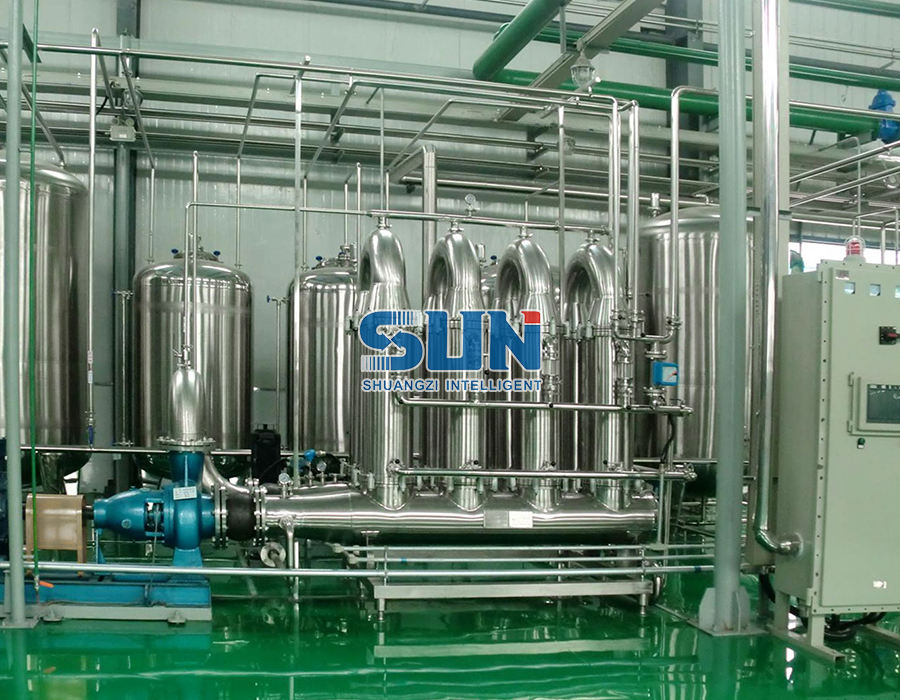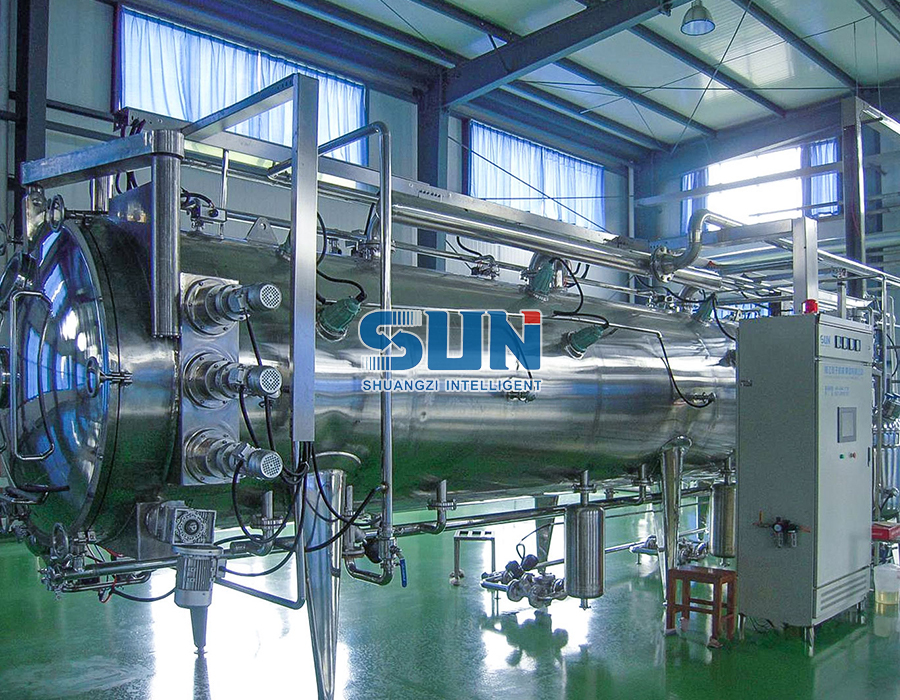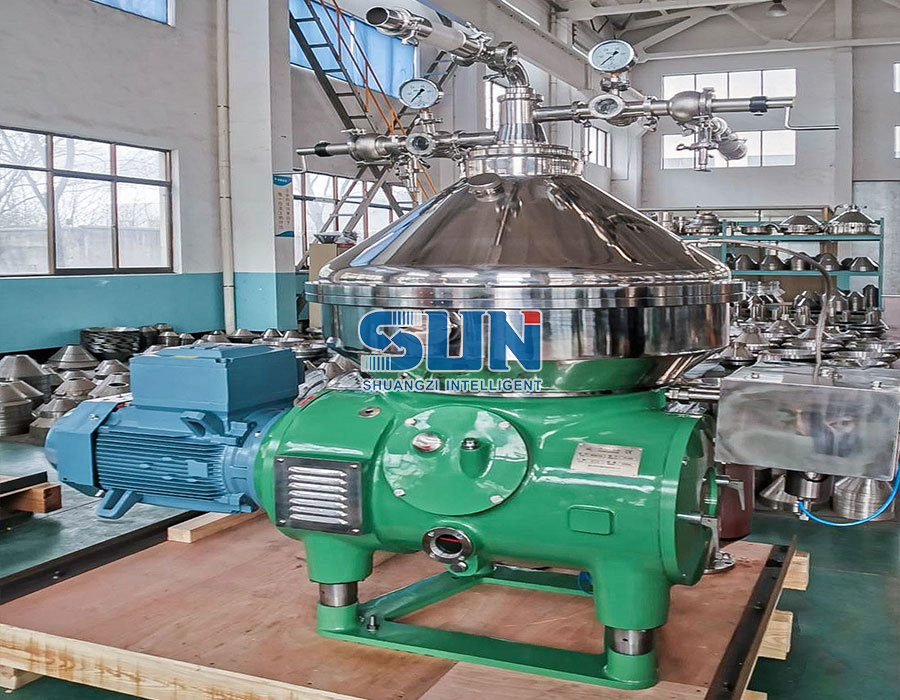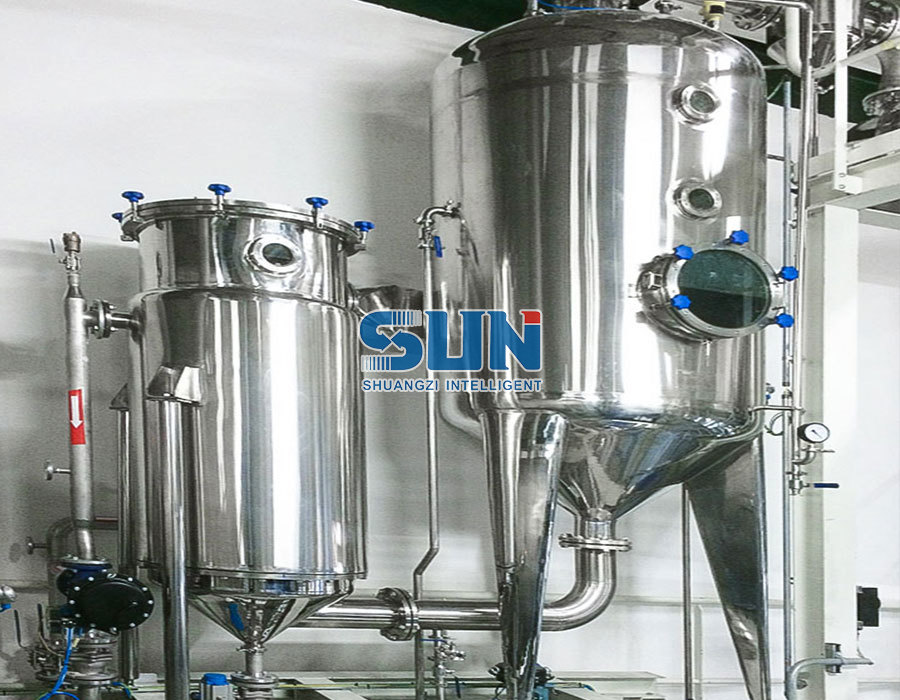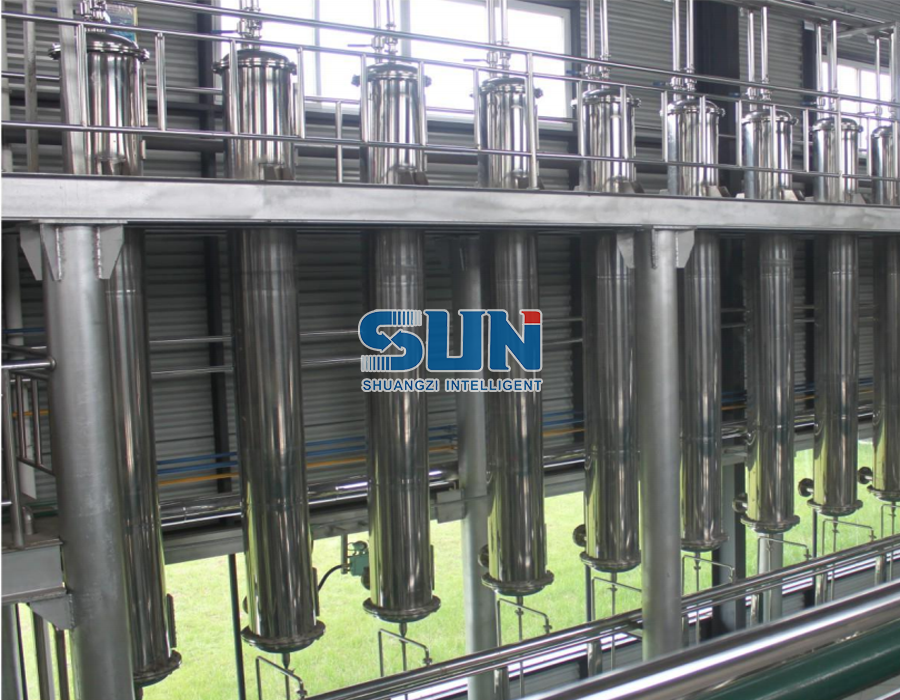Proper cleaning and maintenance of bio-fermentation equipment are essential for ensuring optimal performance and preventing contamination. Here are some steps to follow:
Follow manufacturer's instructions: Different bio-fermentation equipment may have specific cleaning and maintenance requirements. Refer to the manufacturer's guidelines and recommendations for the equipment you are using.
Wear protective gear: Before starting the cleaning process, wear appropriate protective gear such as gloves, goggles, and a lab coat to ensure personal safety.
Empty the vessel: Ensure that the bio-fermentation vessel is emptied of any remaining culture or fermentation broth. Dispose of the waste material properly according to local regulations.
Pre-rinse: Rinse the vessel and associated equipment with water to remove any visible debris or residue. This step helps to prepare the surface for effective cleaning.
Prepare cleaning solution: Prepare a cleaning solution suitable for the type of bio-fermentation equipment you have. Commonly used cleaning solutions include alkaline detergents, acid-based cleaners, or enzymatic cleaners. Follow the instructions provided with the cleaning agent and prepare the solution accordingly.
Circulate the cleaning solution: Fill the vessel with the cleaning solution and circulate it throughout the system. This can be done using pumps or by manually tilting and rotating the vessel. Ensure that all surfaces that come into contact with the culture are thoroughly cleaned.

Soak and scrub: If necessary, allow the cleaning solution to soak for a recommended period to loosen any stubborn residue. Afterward, use appropriate brushes or scrubbers to remove any remaining deposits or biofilm from the surfaces. Pay particular attention to areas that are hard to reach or have complex geometries.
Rinse thoroughly: Once the cleaning process is complete, rinse the vessel and equipment with copious amounts of clean water to remove any traces of the cleaning agent. Ensure that no cleaning solution or residue remains.
Sanitize: After rinsing, it's important to sanitize the bio-fermentation equipment to eliminate any remaining microorganisms. Use an appropriate sanitizing agent recommended for your equipment and follow the instructions for application, contact time, and concentration.
Inspect and maintain: Regularly inspect the bio-fermentation equipment for any signs of wear, damage, or corrosion. Replace worn-out or damaged parts as necessary. Lubricate moving components according to the manufacturer's recommendations. Follow a maintenance schedule to ensure all components are in proper working condition.
Document cleaning and maintenance: Maintain a log or record of cleaning and maintenance activities performed on the bio-fermentation equipment. This documentation helps track the equipment's history, ensures accountability, and aids in troubleshooting if any issues arise.
By following these steps and adhering to good laboratory practices, you can maintain the cleanliness and functionality of your bio-fermentation equipment, thereby promoting optimal performance and preventing contamination.


 英语
英语 俄语
俄语